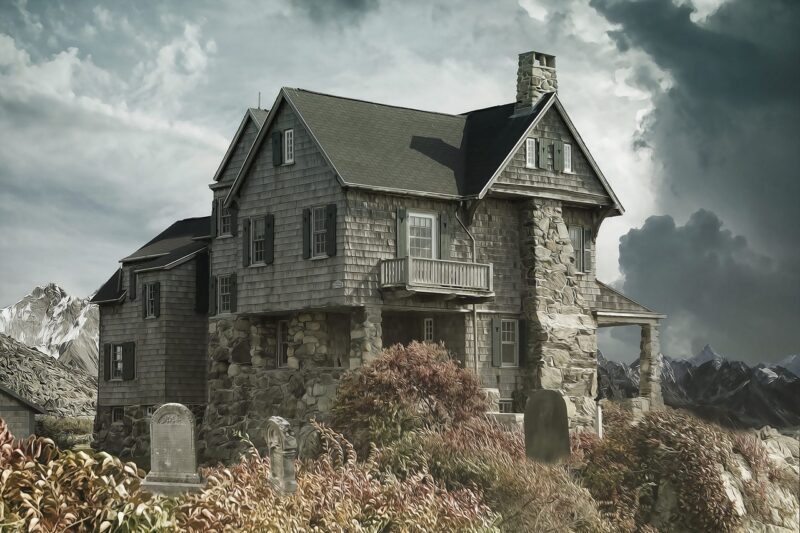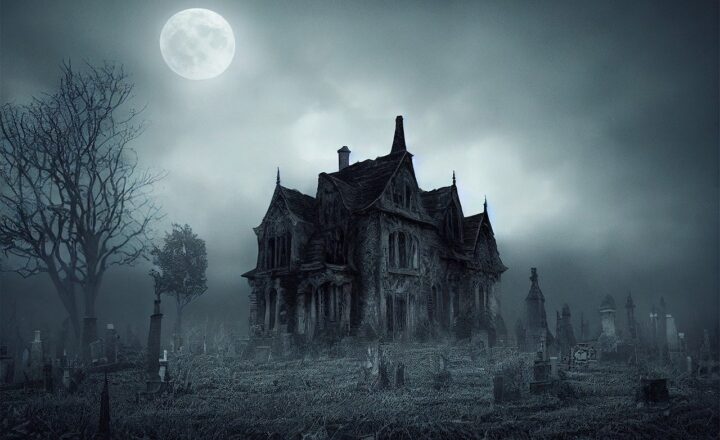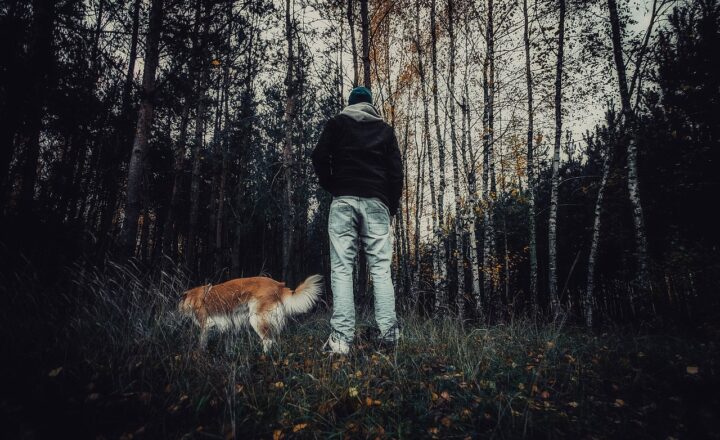The Scariest Haunted Houses in Horror Movies That Became Legends in Pop Culture
November 17, 2024

Halloween is a season that inspires fright, excitement, and sometimes a bit of nostalgia. Among the many elements that contribute to the terrifying ambiance of the season are the haunted houses prominently featured in horror films. Some of these fictional yet terrifying abodes have become cultural icons, haunting the collective memory of audiences for generations. In this article, we’ll delve into the scariest haunted houses in horror movies, exploring their origins, significance, and the impact they have made on pop culture.
1. The Overlook Hotel – The Shining (1980)
Often considered the most iconic haunted house in horror cinema, The Overlook Hotel, created by Stanley Kubrick in his adaptation of Stephen King’s novel, is a place where the past refuses to die. A character in itself, the hotel is intricate and oppressive, with a history steeped in violence and madness.
The story follows Jack Torrance, who takes a job as the winter caretaker of the hotel, only to be influenced by its malevolent spirits. As the psychological terror escalates, the hotel reveals its secrets, consuming Jack and endangering his family in the process. The hotel’s eerie design, combined with haunting visuals like the blood-filled elevators and the ghostly twin girls, cements its place as one of cinema’s scariest haunted houses.
2. The Bates House – Psycho (1960)
Alfred Hitchcock’s classic “Psycho” features the Bates House, a seemingly innocuous but deeply disturbing home atop a hill, overlooking the Bates Motel. This house is the physical embodiment of Norman Bates’ fractured psyche, and as it looms ominously, it serves as a silent witness to the horror that unfolds within its walls.
The house’s foreboding presence sets the stage for one of horror cinema’s most shocking twists. Audiences are not merely haunted by the infamous shower scene; they are also left grappling with the chilling implications of the house itself, making it a lasting symbol of psychological horror.
3. Hill House – The Haunting (1963)
In Robert Wise’s adaptation of Shirley Jackson’s novel, “The Haunting”, Hill House is a majestic yet ghastly mansion that serves not just as a setting, but as a character full of secrets and supernatural occurrences. Much like the characters who wander its halls, Hill House is steeped in mystery, with strange sounds, chilling apparitions, and an unsettling atmosphere that creeps under the skin.
The house’s history of tragedy and psychological trauma manifests throughout the film, and its creepy design, complete with spiral staircases and shadowy corners, enhances the sense of dread. Hill House’s legacy continues to influence the horror genre and inspired the recent Netflix adaptation.
4. Amityville House – The Amityville Horror (1979)
Based on a supposedly true story, the Amityville House became notorious after the Lutz family’s claims of paranormal activity following the horrific murders conducted by Ronald DeFeo Jr. in 1974. The narrative that follows blends true crime with supernatural elements, capturing the audience’s imagination and fears.
The house, featuring the infamous “eye” windows, became synonymous with fear and has appeared in numerous adaptations and sequels. Its unsettling juxtaposition of normal suburban life against a backdrop of horror depicts how evil can lurk beneath the surface of everyday life.
5. The Conjuring House – The Conjuring (2013)
The Conjuring House is rooted in real events involving Ed and Lorraine Warren, paranormal investigators who delve into the Perron family’s hauntings. The film captures the chilling essence of the farmhouse filled with spirits and demonic occurrences.
With its creaky floorboards and an oppressive atmosphere, the house becomes a playground for terrifying entities, giving rise to one of the most successful horror franchises of recent years. The authenticity of the case alongside the chilling visual storytelling keeps audiences gripped by the dread of the unknown.
6. The House on Haunted Hill – House on Haunted Hill (1959)
In this classic horror film, eccentric millionaire Frederick Loren invites several guests to spend the night in a haunted mansion, promising them a cash reward if they survive. The house itself is filled with traps and ghostly occurrences designed to terrify both the characters and the audience.
The film combines elements of mystery, psychological thrills, and ghostly apparitions, creating a rich tapestry of horror that stands the test of time. With the house’s dark history and its reputation as a dwelling for the dead, it has cemented a place in pop culture history.
7. Cabin in the Woods – The Cabin in the Woods (2011)
Ranking a little differently, the titular cabin itself takes on the role of both a character and a setting. Though it may appear to be a simple getaway location, it is revealed to be governed by a deeply sinister agenda that draws in unsuspecting victims.
A mix of self-awareness and satire, the film explores horror tropes while simultaneously crafting a terrifying atmosphere. As the characters dare to stay in the cabin, they become entangled in sinister events that reflect their worst fears, making the cabin a modern and iconic addition to horror cinema.
Conclusion
The haunted houses featured in these horror films resonate with audiences, etching them into the fabric of pop culture. These houses serve as more than just mere settings; they embody the fears, history, and untold secrets that linger in the shadows.
With each eerie creak of floorboards and chilling apparition, these legendary haunted houses remind us of the thin line between the mundane and the malevolent, compelling viewers to face their fears from the relative safety of their seats. So this Halloween season, as you explore the world of horror films, remember these iconic houses and the chilling tales they tell – because sometimes, the scariest thing can be a space where memories linger, waiting to unleash their terror upon the living.








